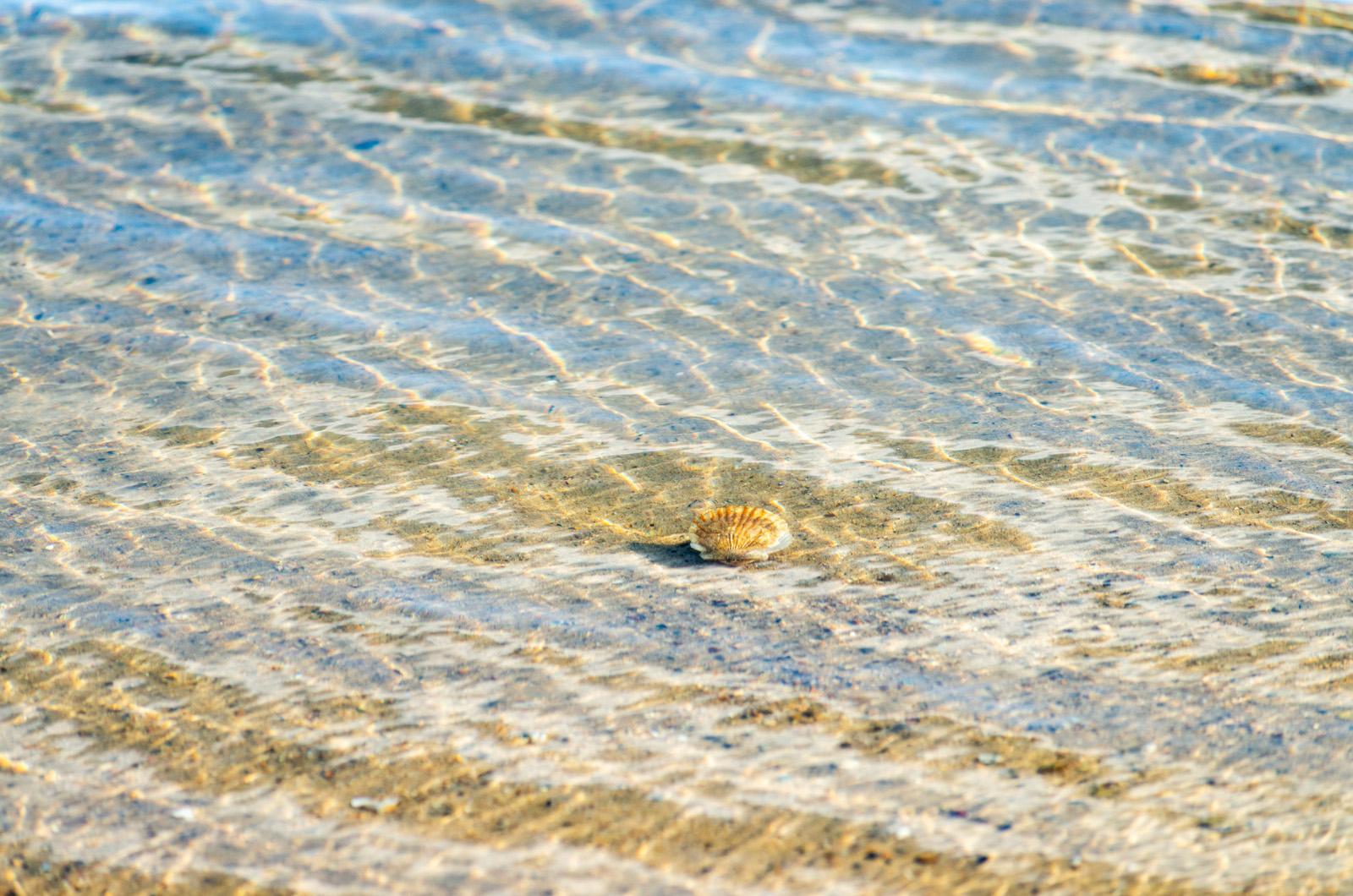When a batch of Martha’s Vineyard bay scallops was released recently in New York’s Peconic Bay, they were never expected to survive for long. The Peconic Bay waters are warmer than the Vineyard, dirtier and beset with a parasite called Coccidia, which has decimated the Empire State’s scallop population in recent years.
But the Vineyard scallops defied the odds and outperformed their New York relatives, indicating a possibility of genetic disease resilience among the local bivalves.
The action was done as part of a study by scientists at Stony Brook University, and the results point to some hope in the battle against a parasite already potentially contributing to scallop die-offs in Chilmark.
“This really was a surprise, and consistent,” said Bassem Allam (PhD), a Stony Brook University marine science professor who specializes in shellfish diseases. “It was not a 10-scallop comparison. We are talking hundreds of scallops in multiple places. Solid, robust statistics.”
The study was done in collaboration with the Martha’s Vineyard Shellfish Group, and indicates that Vineyard scallops may have more genetic resilience to Coccidia than other populations. For the study, disease-tested scallop seed from Martha’s Vineyard brood stock was grown in New York waters, and vice versa, to see if either genetic population would fair better.
“The Martha’s Vineyard Shellfish Group scallop did better than all New York scallops in both states,” said Mr. Allam. “We are still trying to understand the why and what.”
The preliminary findings are the first step in untangling the mysterious mechanics of the disease on the Vineyard, thus far raising more questions than answers. Though Chilmark shellfish constable Isaiah Scheffer first suspected that the disease was present in town waters in 2022, he only received laboratory confirmation late last year. Coccidia presence in Menemsha Pond, Mr. Scheffer has theorized, may have contributed to record low scallop harvests there in recent years.
But it is still unknown why Coccidia may have contributed to a collapse in Chilmark scallops while apparently leaving the genetically similar Cape Pogue population untouched. Its impact in Oak Bluffs and Tisbury is also yet to be unraveled.
The study’s results, said Martha’s Vineyard Shellfish Group executive director Emma Green-Beach, were anticipated by anecdotal evidence on the ground.
“There was an overall feeling that our scallops felt hardier and they survived better,” she said.
But though the better survival rate among scallop seed originating from the Vineyard is clear, Mr. Allam said they have only just begun to untangle why that is.
“The origin of the seed seems to matter a lot,” he said.
One hypothesis is that New York die-offs from “brown tide” algal blooms in the 1980s and more recent Coccidia outbreaks may have caused a “genetic bottleneck” in the population, lowering genetic diversity in the local scallops.
Mr. Allam’s lab is also beginning research into how environmental conditions, especially warmer water temperatures in spring and summer, might impact the pathogen. During those seasons, he said, scallops “spend some energy on gonad maturation, and some colleagues believe that it might be weakening them to a degree that the parasites take advantage.”
As the scientists continue to probe “why”, they are also looking into the possibility of using Vineyard scallop seed to restore the New York population.
Closer to home, Ms. Green-Beach said the shellfish group is focused on how to apply these findings to local waters. If they are able to secure enough funding, she said, they could begin testing local waters outside of Chilmark for the disease in an effort to understand the level disease presence in different Island populations, and differences in how those populations are responding.
“We know more about the parasite load in Menemsha pond than we do anywhere else, and we are hoping to look in some of the other ponds,” she said.
The positioning of the Martha’s Vineyard Shellfish Group as an organization that works with research institutions, municipal shellfish departments and fishermen, she said, leaves them uniquely situated to address such a challenge.
“We understand the science, and we have all these partners on the Islands...that help us actually get the thing done,” she said. “I’m really proud of that and thrilled every time we get to do it.”







Comments
Comment policy »